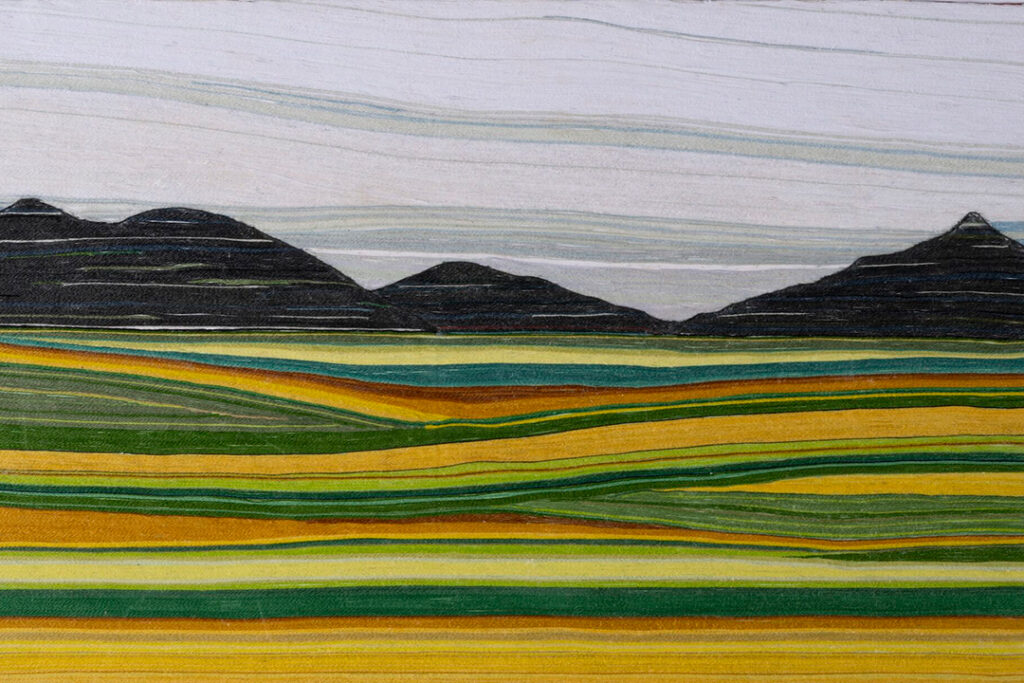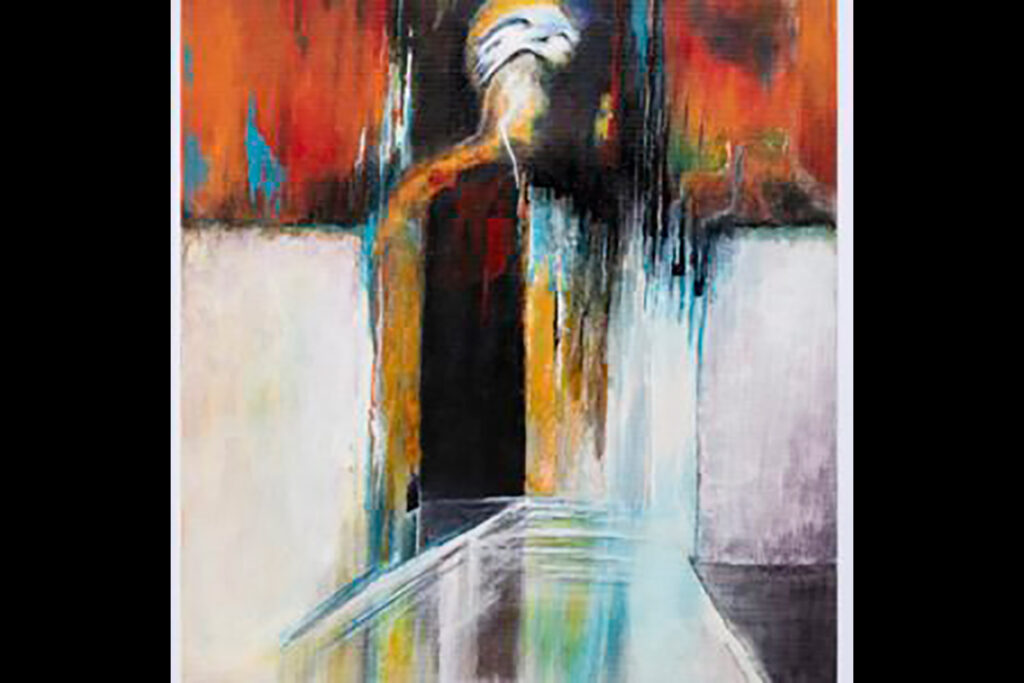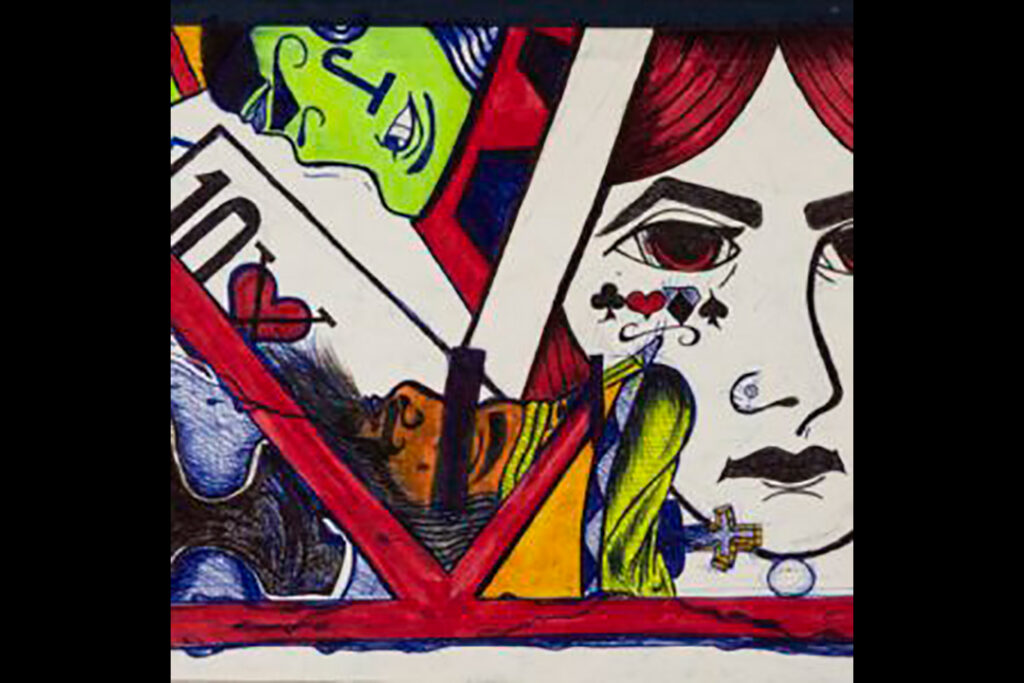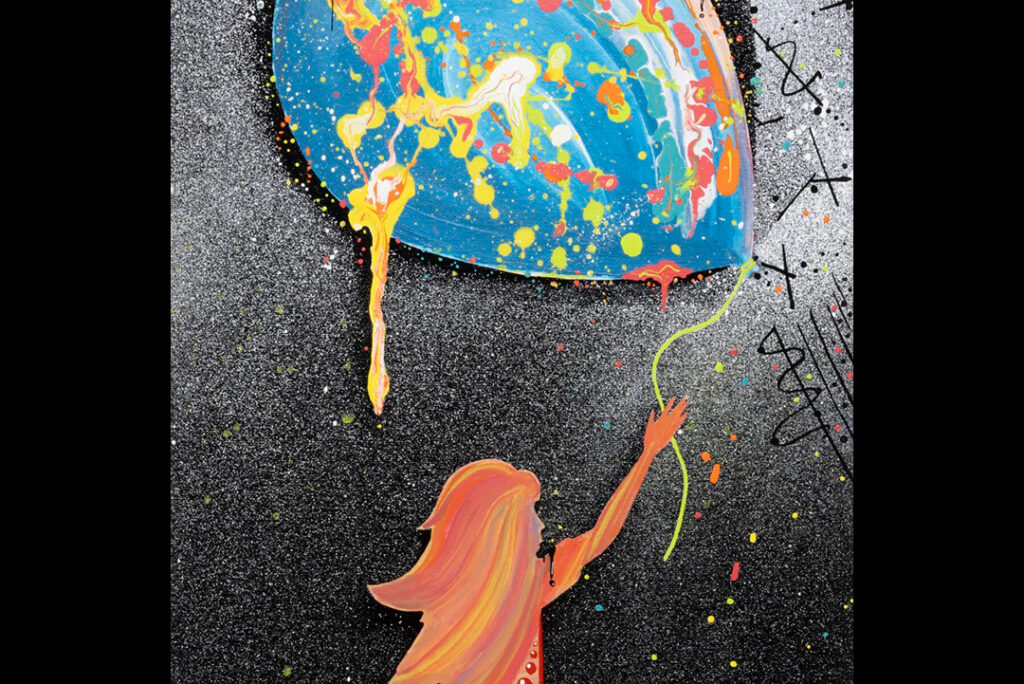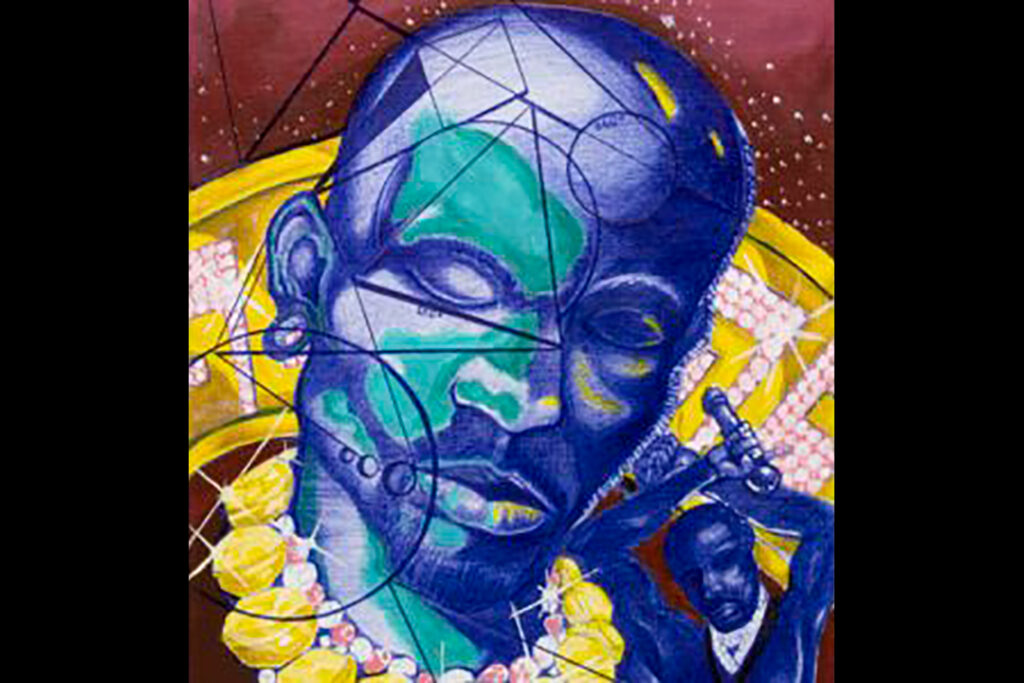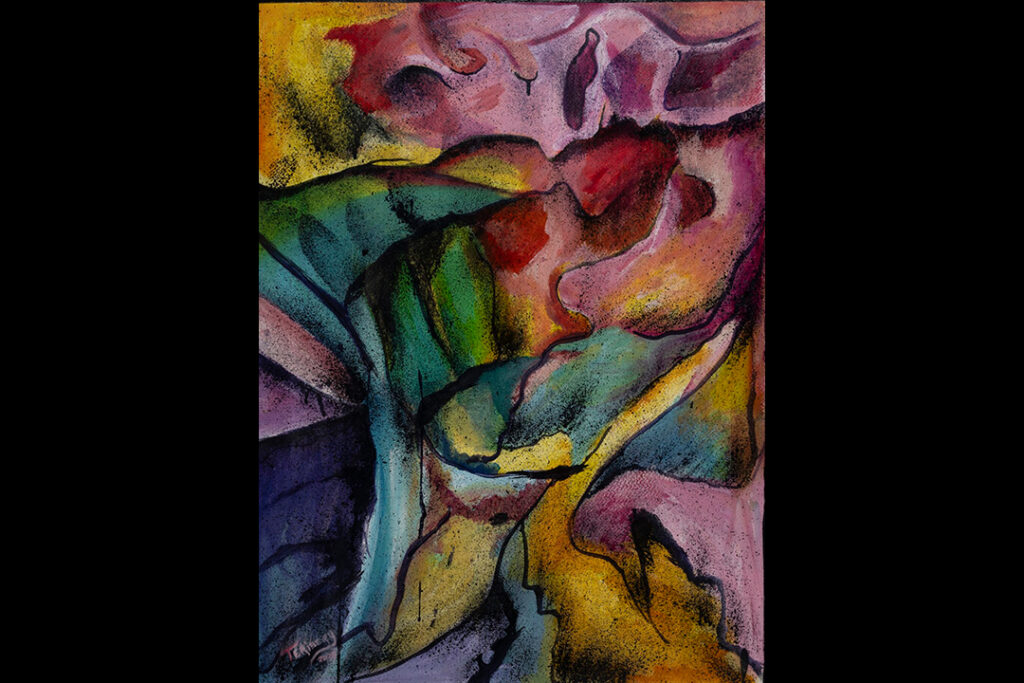The order that launched the Revolutionary War, 250 years later
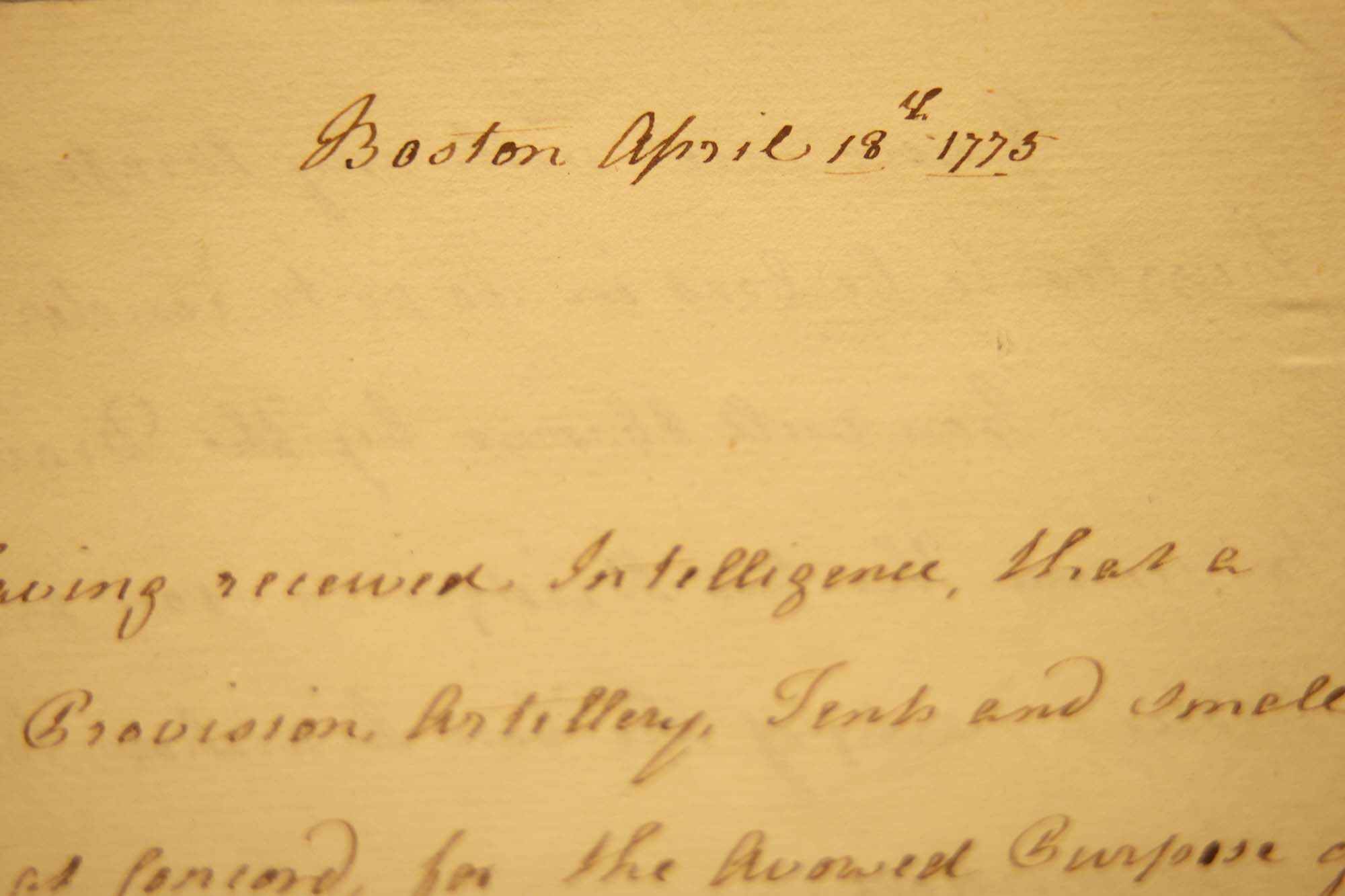
The ‘shot heard ’round the world’ can be traced to one manuscript containing the orders for the Concord Expedition on April 18, 1775. The quill-to-paper draft orders, penned by British Army officer Thomas Gage, sparked the Battle at Lexington and Concord the following day. U-M’s Clements Library holds the document.
-
When will cars drive themselves?
As you think about your next vehicle purchase, you may be considering GM’s Super Cruise or Ford’s BlueCruise. Perhaps you’ve got your eye on a Tesla. Before you head to the dealer, listen as Henry Liu, director of Mcity and the Center for Connected and Automated Transportation, explains your autonomous options.
-
When everyone registered in Waterman Gym
Long before online scheduling, U-M students gathered en masse to register for courses, often spending hours in line at Waterman Gym. The lucky ones might get their first choice and find a future spouse in the crowd. The less fortunate walked away dateless clutching a schedule filled with 8 o’clock classes.
-
Young people are increasingly using Wegovy and Ozempic
Public interest in weight loss drugs like Wegovy and Ozempic is surging, but national data on dispensing patterns in the United States are surprisingly scarce. Now, a national study from Michigan Medicine shows the use of these weight-loss drugs is increasing rapidly in adolescents and young adults 12-25 years, especially females.
-
University names leaders for new Raoul Wallenberg Institute
Jeffrey Veidlinger, the Joseph Brodsky Collegiate Professor of History and Judaic Studies, has been appointed the inaugural director of U-M’s Raoul Wallenberg Institute. He brings significant scholarly expertise and administrative experience to the position; his research focuses on modern Jewish history, the Holocaust, and antisemitism.
-
Properly treating, and recovering, from pediatric sports injuries
Pediatric sports injuries are common year-round, with a particular increase seen in the summer and fall seasons. While there’s no sure way to ensure your child doesn’t get hurt during sporting events, there are steps you can take to help them make an effective, and full, recovery.
-
Baker’s choice: Controlled substance or ‘controlled science’?
Entrepreneur Janie Deegan, BFA ’09, struggled with addiction and homelessness until she combined her love of baking with a degree in theater to create Janie Bakes. Since 2015, this culinary artist has been serving up “life-changing baked goods” and plenty of inspiration in her three New York locations.
Columns
-
President's Message
Reaffirming our focus on student access and opportunity
U-M seeks to ensure every student will rise, achieve, and fulfill their dreams. -
Editor's Blog
Peace out
It's a mad, mad, mad, mad world out there. -
Climate Blue
Keeping our focus on climate
As federal support for climate science wanes, Ricky Rood remains hopeful. -
Health Yourself
Are you an ‘ager’ or a ‘youther’?
Why do some people appear younger or older than people born in the same year?
Listen & Subscribe
-

MGo Blue podcasts
Explore the Michigan Athletics series "In the Trenches," "On the Block," and "Conqu'ring Heroes." -

Michigan Ross Podcasts
Check out the series "Business and Society," "Business Beyond Usual," "Working for the Weekend," and "Down to Business." -
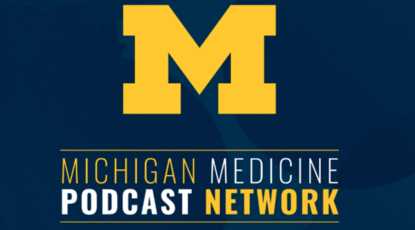
Michigan Medicine Podcasts
Hear audio series, news, and stories about the future of health care.
In the news
- USA Today US consumer sentiment and expectations fall again in April as tariff uncertainty continues
- CNN Beyond Ivy League, RFK Jr.'s NIH slashed science funding across states that backed Trump
- Detroit Free Press Inflation is slowing. Wages are up. So why does life feel costly for many Michiganders?
Creativity and connection across prison walls
One of the world’s largest and longest-running exhibitions of incarcerated artists is back with new programming designed to foster connection and deepen public understanding of incarceration in Michigan. The 29th annual Exhibition of Artists in Michigan Prisons, curated by U-M’s Prison Creative Arts Project, showcases 772 artworks by 538 artists incarcerated in 26 state prisons. The Duderstadt Center Gallery on U-M’s North Campus is presenting the artwork through April 1.













